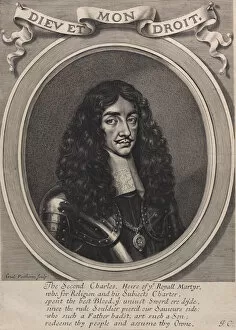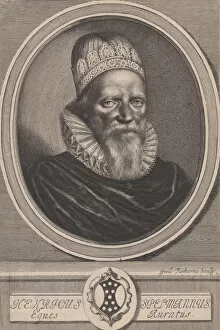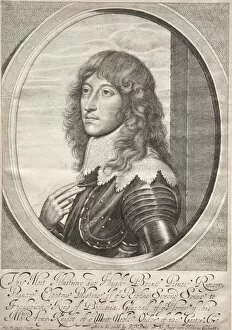William Faithorne Collection
William Faithorne was a renowned artist during the reign of King Charles II from 1660 to 1670
For sale as Licensed Images
Choose your image, Select your licence and Download the media
William Faithorne was a renowned artist during the reign of King Charles II from 1660 to 1670. He created stunning portraits of notable figures such as John Milton, Mary, Princess of Orange, Catherine of Braganza, Sir Henry Spelman, and even King Charles I himself. His attention to detail and ability to capture the essence of his subjects made him highly sought after. One of his most famous works is a portrait of John Milton created in 1760 by Giovanni Battista Cipriani. This masterpiece showcases Faithorne's talent for capturing the likeness and personality of his subjects. Another remarkable piece is a portrait he painted in 1641-1650 depicting Mary, Princess of Orange. The delicate brushstrokes bring out her regal beauty and grace. Faithorne's skill can also be seen in his depiction of Catherine of Braganza in 1662. The intricate details on her gown and jewelry highlight her status as Queen Consort to King Charles II. In addition to these royal portraits, Faithorne also immortalized other influential individuals like Sir Henry Spelman (Henricus Spelmannus Eques Auratus) in 1664. His portrayal captures both the intelligence and authority that defined Spelman's character. Even though some later artists attempted to recreate Faithorne's work, none could match his originality or mastery. George Vertue tried with his rendition of John Milton in 1943 but fell short compared to Faithorne's earlier creation. Prince Rupert was another subject who had the privilege of being captured by William Faithorne himself. This portrait showcases not only Prince Rupert's noble features but also highlights their close relationship as artist and subject. Faithorne even painted multiple portraits depicting Charles I throughout different periods; one such painting dates back approximately around 1658 when he beautifully captured the king's dignified presence.





















